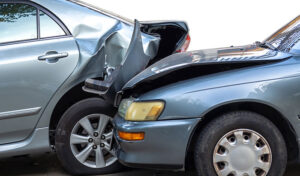
Causes of Accidents: Auto Defects
Although automobile safety has improved over the years, auto defects that lead to serious car accidents and injuries can still occur. The National Highway Traffic Safety Administration (NHTSA) reports that

Although automobile safety has improved over the years, auto defects that lead to serious car accidents and injuries can still occur. The National Highway Traffic Safety Administration (NHTSA) reports that
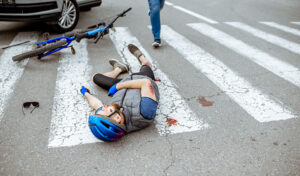
Bicycle hit-and-runs are one of the most common types of bicycle accidents, but there are steps you can take to protect your rights to justice. The number of preventable bicycle-related
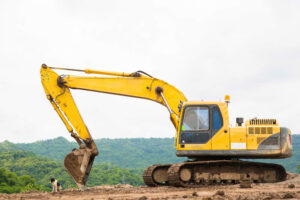
Construction accidents are devastating due to the severity of their injuries on those present on the site. Construction sites are extremely hazardous; they are even more so when safety protocols
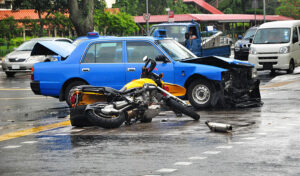
Although there are many similarities between car and motorcycle accidents, these crashes differ based on their risks, causes, and injuries. Every year, millions of traffic accidents occur on United States’
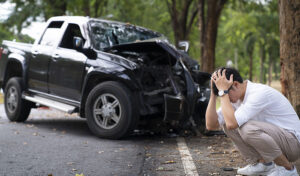
Auto accidents come in various forms and are a leading cause of injury-related death for Utahns, but fortunately, they are often preventable. According to the Utah Department of Health, a

If you or a loved one has been involved in an accident involving alcohol, it’s important to understand the timeline surrounding a dram shop lawsuit. Dram shop laws allow injury
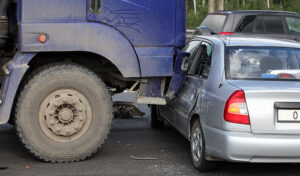
You might assume that a truck accident and a car accident are quite similar; however, truck accidents pose a much greater threat to U.S. roads. A variety of factors distinguish
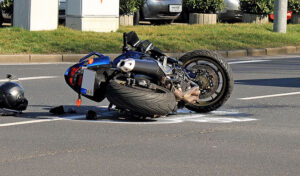
Motorcycle accidents happen everyday on our Utah roadways, and one major cause of these accidents is lane splitting whether traffic is stopped or not. If you ride a motorcycle as
UTAH INJURY LAWYERS
Flickinger • Boulton
• Robson • Weeks
PROVO OFFICE
3000 N University Ave
Suite 300
Provo, UT 84604
SOUTH JORDAN OFFICE
10393 S. Temple Dr.
Suite 103
South Jordan, Utah 84095
OFFICE HOURS
Monday- Friday: 8AM-5PM
Saturday-Sunday: Closed
*Disclaimer: the information provided by this website is for informational purposes only and should not be considered legal advice or a substitute for competent legal counsel.
**SMS consent and contact phone numbers will not be shared or sold to third parties or their affiliates for any purpose.
© 2025 All Rights Reserved.